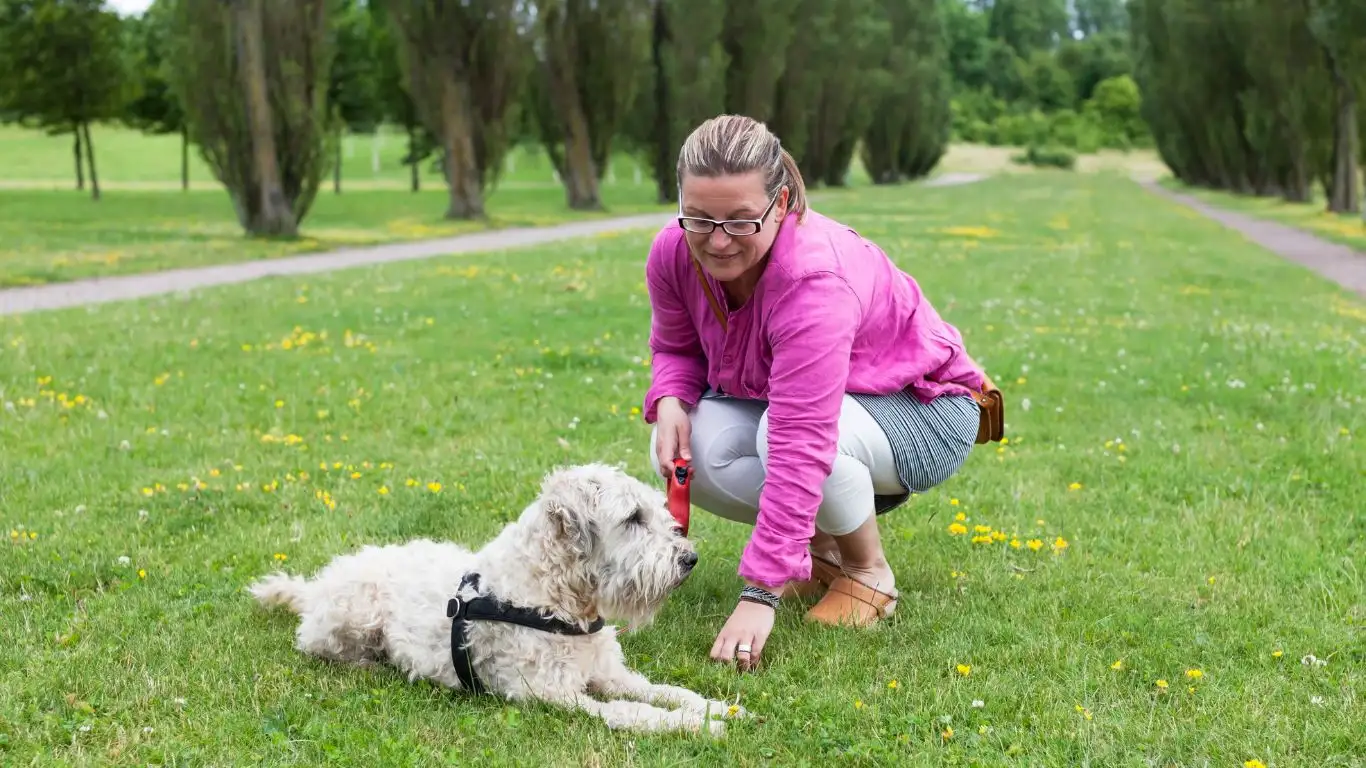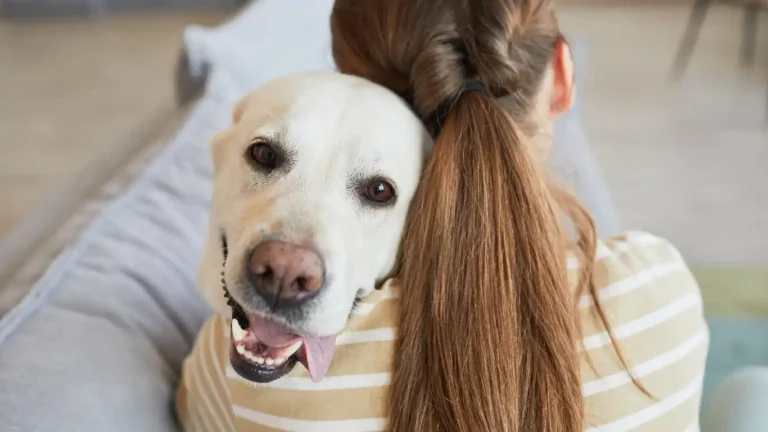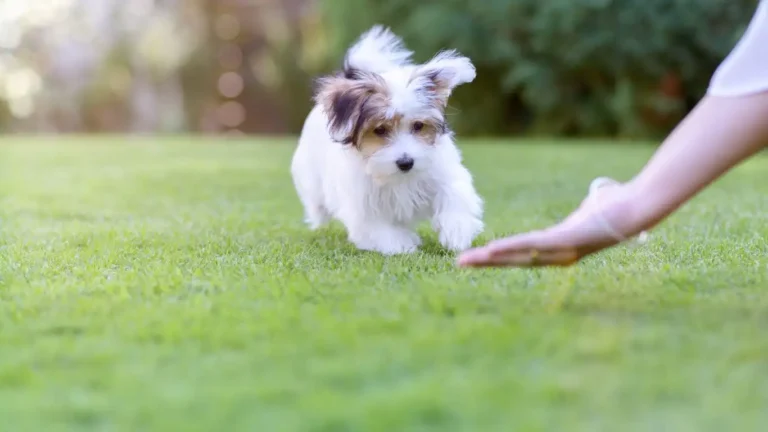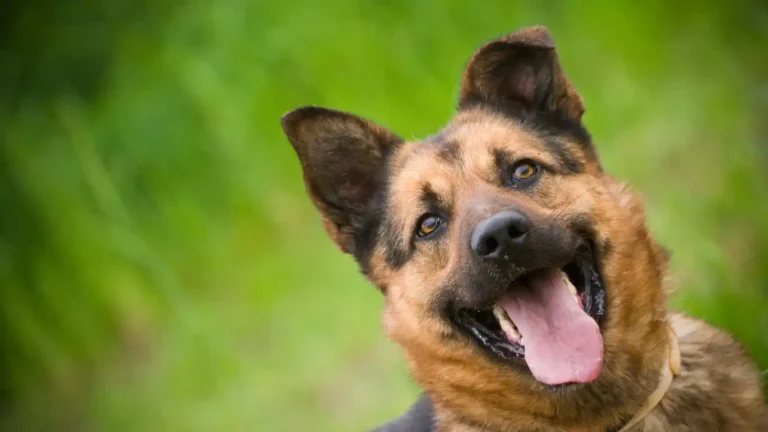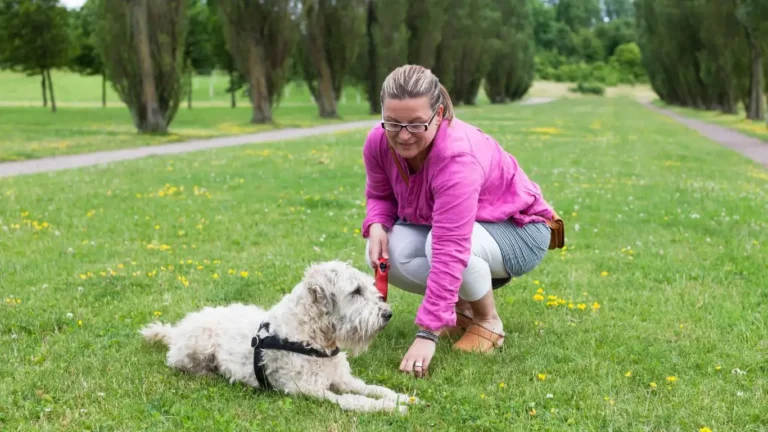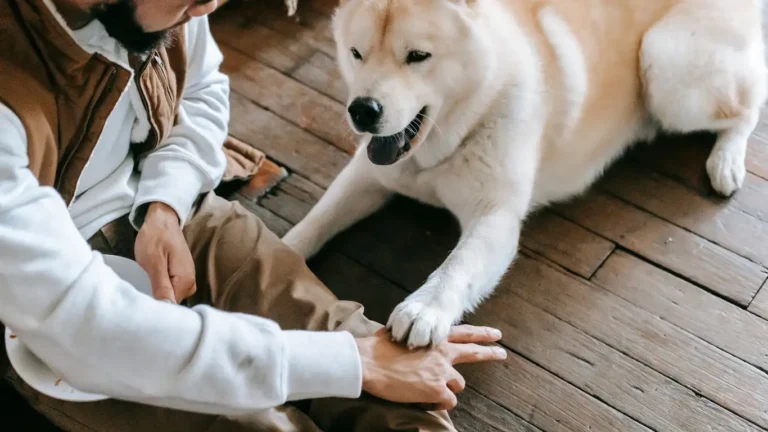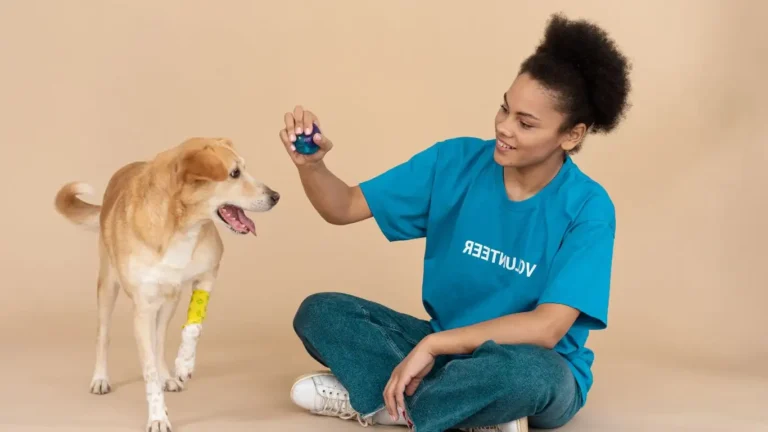Proven Tips to Train Your Dog to Stop Peeing When Excited Fast
If you’ve ever come home to a puddle on the floor or watched your furry buddy lose control when someone rings the doorbell, you know the frustration of a dog that pees when excited. How to train a dog to stop peeing when excited is a question I get asked a lot in my work as a Canine-Assisted Therapy Trainer. It’s not just about keeping your floors dry—it’s about understanding your dog’s feelings and helping them cope with overwhelming emotions in a healthy way. Believe me, with patience and the right approach, you can turn those little accidents into calm greetings.
From years of hands-on experience, I’ve seen that excitement urination isn’t a behavioral “bad habit” but a natural reaction—especially in puppies and younger dogs. So, before you jump to punish or scold, it’s important to realize that your dog isn’t misbehaving on purpose. Instead, they’re reacting to strong emotions, and your job is to guide them gently through this learning curve.
Why Dogs Pee When Excited: Understanding the Root Cause
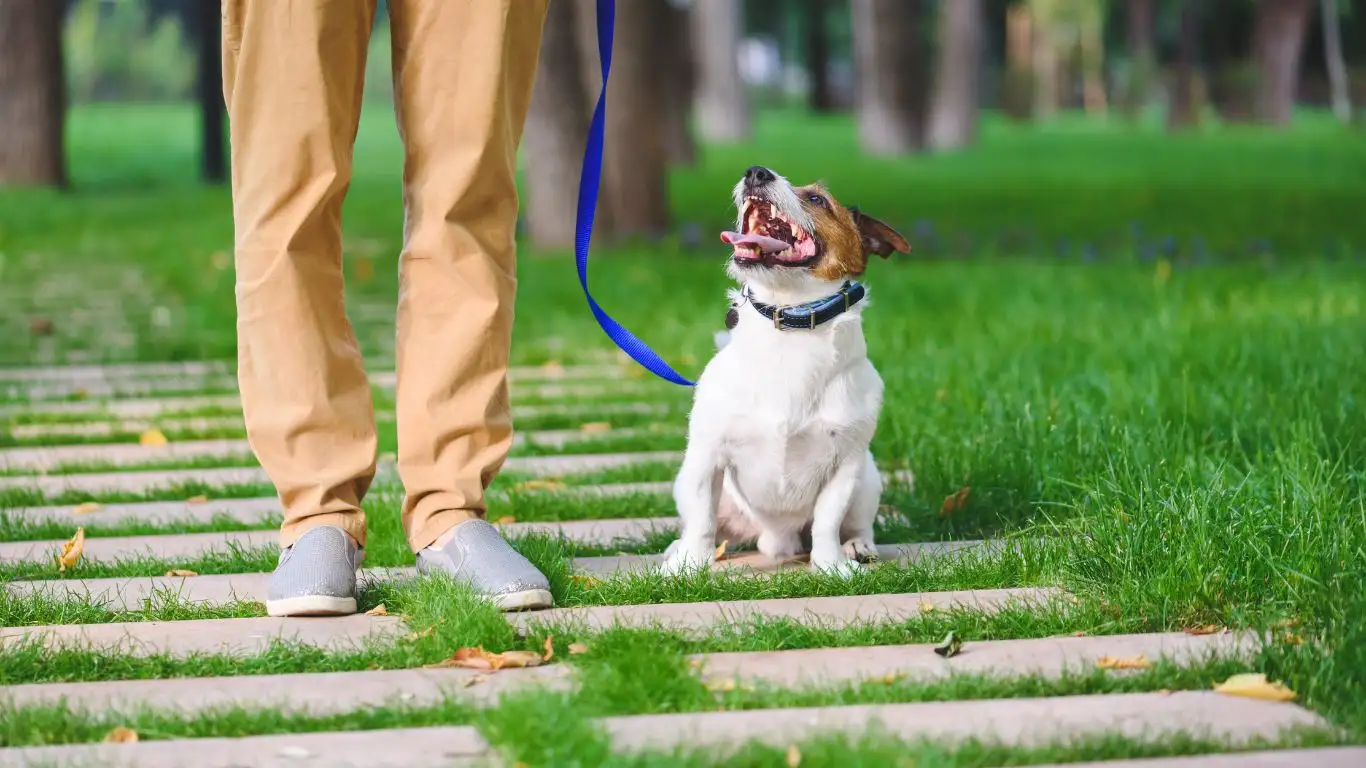
Excitement urination can feel like a mystery or even an embarrassment, but it’s actually a form of submissive behavior or emotional overflow. When a dog gets super happy—whether it’s greeting you after work, meeting a new friend, or anticipating a walk—their body can lose a bit of control over the bladder.
Here’s what I’ve learned over the years working closely with dogs and their owners:
- Age and Size Matter: Puppies and small breeds are often more prone because their bladders are still developing and can’t hold as much.
- Emotional Sensitivity: Some dogs are naturally more excitable or shy, making them more vulnerable to this behavior.
- Lack of Proper Outlets: Dogs bursting with energy and excitement but without enough mental or physical release may express it through peeing.
Understanding this emotional foundation changes everything about how you approach the training. Instead of seeing it as just a problem, you start to see it as your dog’s way of communicating “I’m overwhelmed!”
How to Train a Dog to Stop Peeing When Excited: The Basics That Work
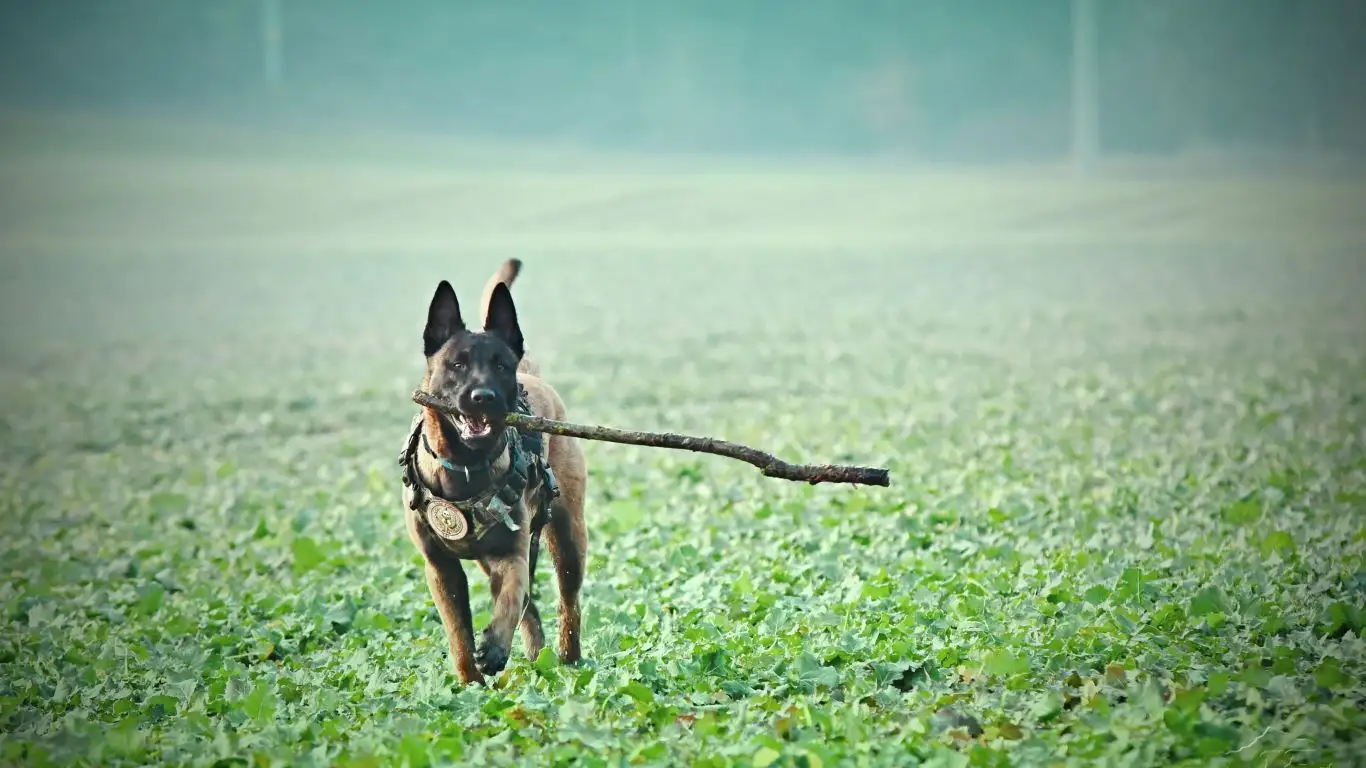
So, how do you tackle this issue? From my experience, the key is consistency and keeping your dog emotionally grounded. Here are some of the foundational strategies I recommend:
1. Manage Greetings and Excitement Levels
When you first walk through the door, try to keep your greetings low-key. This means no jumping, loud voices, or frantic petting right away. Instead, give your dog a moment to settle before showering them with affection. It might feel unnatural at first, but it’s crucial to reduce the intensity of their excitement.
2. Frequent Bathroom Breaks and Bladder Strengthening
Make sure your dog has plenty of opportunities to relieve themselves outside, especially before social interactions. This helps prevent a full bladder from contributing to accidents. Over time, you can also work on exercises that strengthen their bladder control — like gradually increasing the time between bathroom breaks.
3. Teach Calm Behavior on Cue
This is a game-changer. I always teach the dogs I work with a “settle” or “calm” command. When they learn to relax on cue, it gives them an emotional tool to use when they start to feel overwhelmed. Reward calmness with treats or gentle praise, and your dog will start to associate relaxation with positive outcomes.
4. Avoid Punishment—Focus on Positive Reinforcement
I can’t stress this enough: punishing your dog for excitement peeing will only increase anxiety and make the problem worse. Instead, focus on rewarding good behavior. When your dog greets you or others calmly without peeing, give them immediate praise and treats.
Tips From My Therapy Dog Training Experience
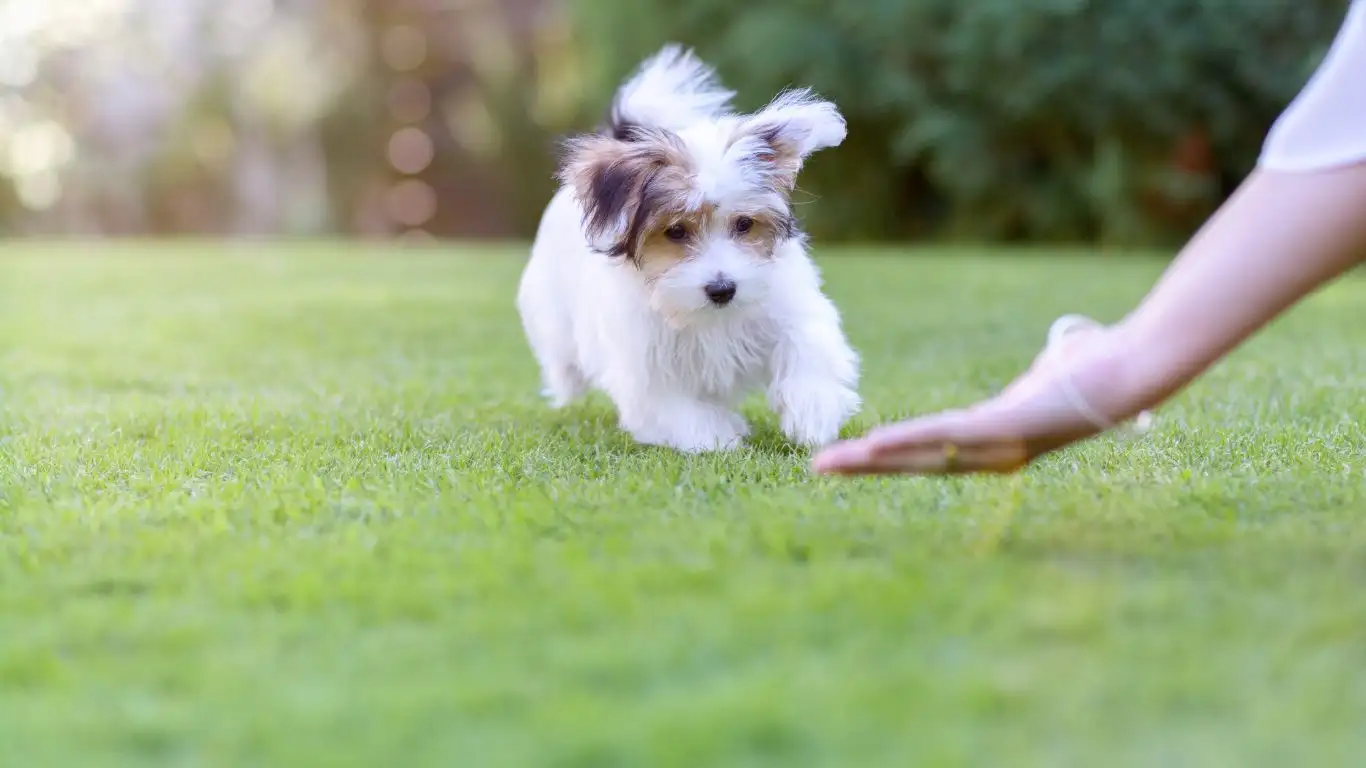
Over the years, I’ve had the privilege of helping countless dogs who struggled with excitement urination, especially therapy dogs who need to maintain calm in unpredictable environments. Here are some extra nuggets I’ve picked up:
- Routine is Your Friend: Dogs thrive on predictable patterns. Try to keep greetings and playtime at similar times and manners so your dog knows what to expect.
- Use Interactive Toys and Mental Games: Keeping a dog’s mind busy helps reduce emotional outbursts. Puzzle toys and training sessions are great for this.
- Watch for Early Signs: If you notice your dog starting to get overly excited, try to interrupt with a calming cue or redirection before the peeing happens.
- Be Patient: This training takes time. Celebrate small victories and keep your expectations realistic.
Advanced Strategies to Stop Excitement Peeing for Good
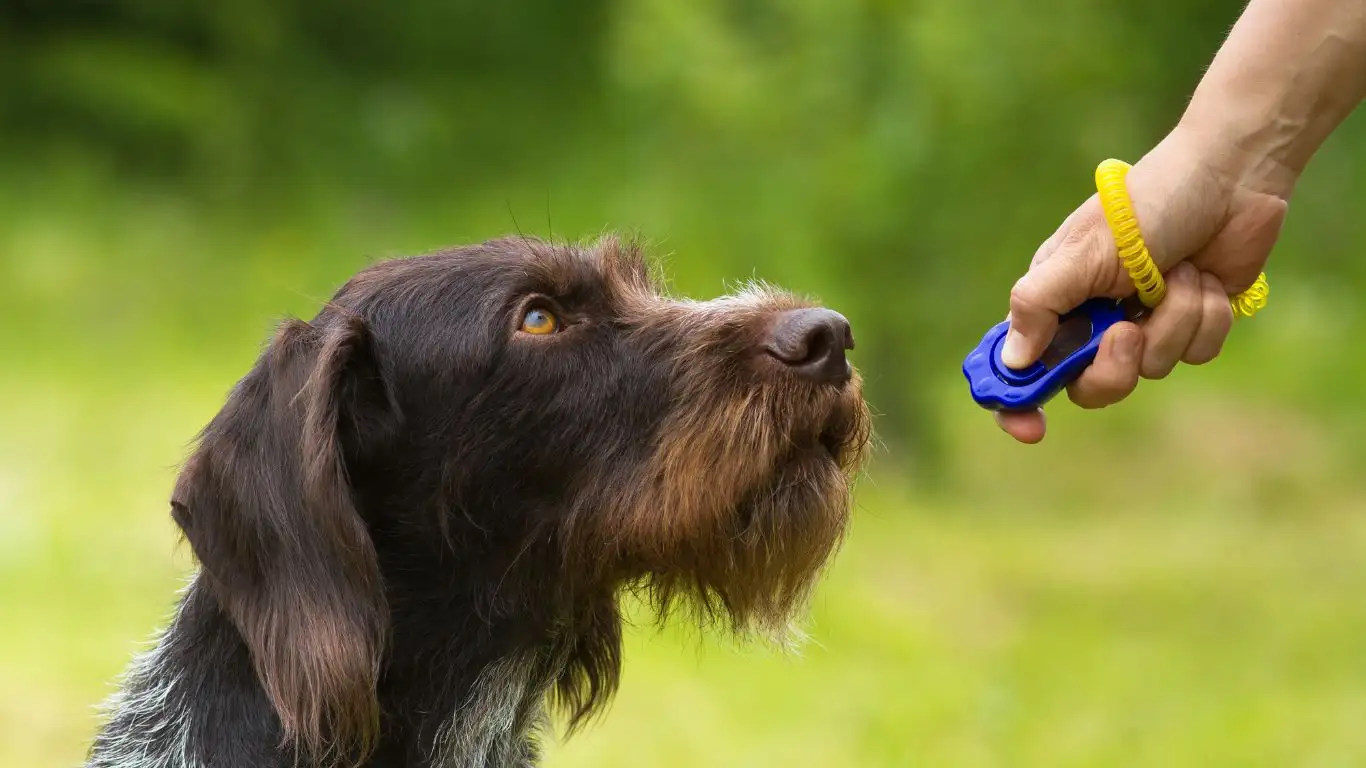
Once you’ve got the basics down, it’s time to dive into some more targeted techniques that really helped the dogs I’ve worked with. If your pup still struggles with excitement urination, don’t worry — these steps build on what you’ve already done and add a bit more muscle to your training toolbox.
1. Controlled Exposure to Exciting Situations
One of the most effective methods I use in therapy dog training is gradual desensitization. It means exposing your dog to the triggers that cause excitement peeing, but in a controlled and measured way. For example, if your dog gets too excited when visitors arrive, start by having a friend stand outside the door quietly, then slowly work up to having them come inside calmly.
This slow exposure helps your dog learn to manage their emotions instead of being overwhelmed. You can think of it like helping a person with anxiety face their fears bit by bit — it’s all about building confidence and control over time.
2. Incorporate Impulse Control Exercises
Impulse control is a huge part of teaching a dog to stop peeing when excited. From my hands-on work, I’ve seen great results by integrating simple games like “stay,” “wait,” and “leave it” into daily life. These exercises aren’t just fun — they help your dog practice self-control, which naturally reduces the chances of excitement accidents.
Here’s a quick list of impulse control exercises that are super effective:
- Wait at the door: Before going outside, have your dog sit and wait patiently instead of bolting out the door.
- Leave it: Teach your dog to ignore distractions, which builds focus and control.
- Settle on command: Reinforce the calm behavior we talked about in Part 1 by practicing regularly, not just when excitement happens.
3. Reinforce Body Language Awareness
A skill many owners overlook is learning to read their dog’s body language. I always encourage people to tune into subtle signs of rising excitement — like tail wagging getting faster, ears perked forward, or the dog pacing. Catching these early cues gives you a chance to step in with a calming strategy before your dog loses bladder control.
In therapy work, this skill is crucial because it prevents incidents and keeps interactions smooth. You don’t have to be an expert to spot these signals, just attentive and willing to observe.
Practical Tips to Implement Every Day
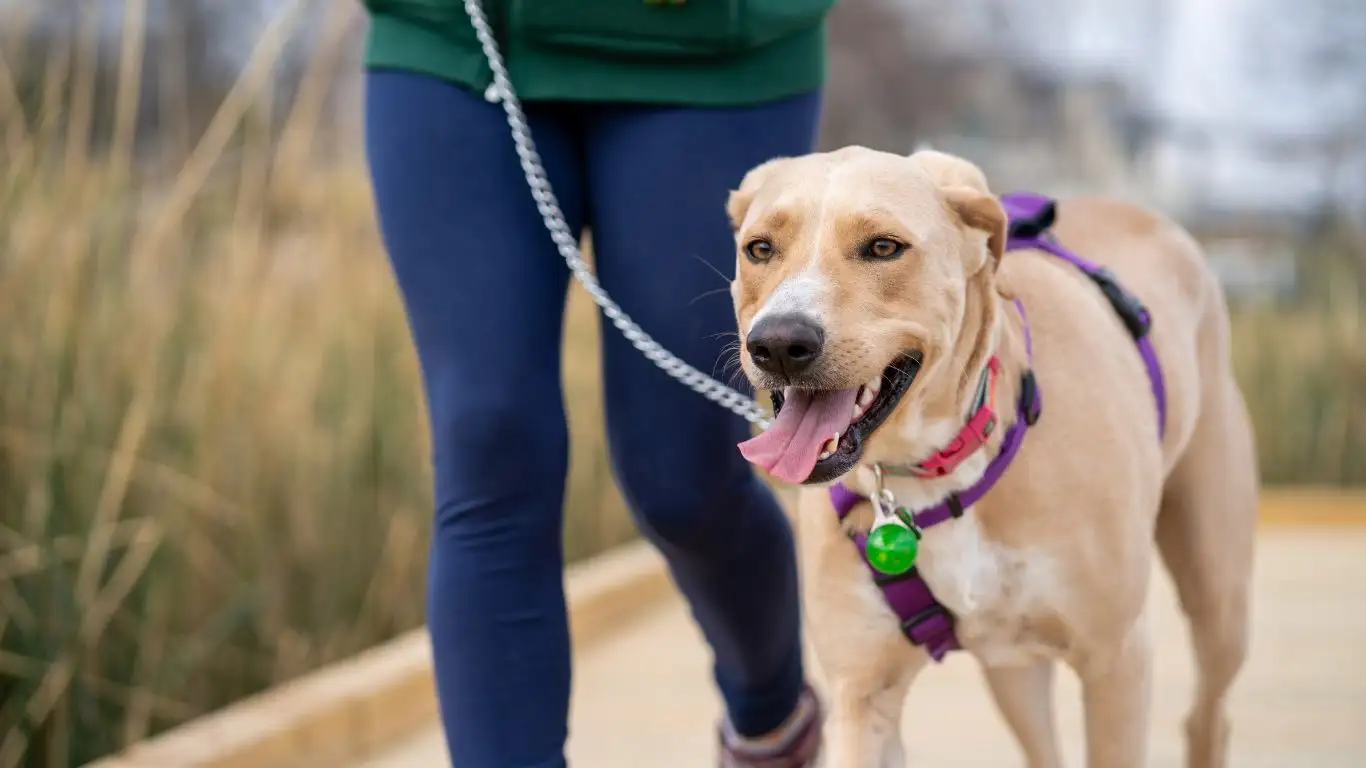
Incorporating the training into your daily routine can feel overwhelming at first, but consistency is key. Here are some of my favorite everyday tips that helped me and the owners I coach:
Keep Greetings Predictable and Calm
Try to greet your dog the same way every time, ideally calmly and with minimal excitement. This predictability reassures your dog and lowers the chances of an emotional spike. Over time, your dog will start associating calm greetings with positive feelings instead of overwhelming excitement.
Use a “Calm Zone” at Home
Designate a quiet spot in your home where your dog can retreat to relax when they start to feel too excited. This might be a cozy crate, a dog bed in a low-traffic room, or even a special mat. When your dog learns that calm behavior leads to time in their safe spot, it encourages self-soothing.
Practice Short Training Sessions
Just 5-10 minutes a day practicing “settle” and impulse control exercises can make a huge difference. I always recommend breaking training into short, fun bursts so it doesn’t feel like a chore — and your dog stays motivated.
Celebrate Small Wins
Every time your dog manages to greet someone without peeing, make a big deal out of it! My experience tells me that dogs respond incredibly well to enthusiastic praise and treats. This positive reinforcement fuels their motivation to keep improving.
When to Seek Professional Help

Sometimes, even with your best efforts, excitement urination can persist. If your dog’s accidents continue despite consistent training, it might be time to get some extra support. A qualified dog trainer or behaviorist can observe your dog’s specific triggers and tailor a training plan that fits your unique situation.
In my work as a Canine-Assisted Therapy Trainer, I’ve often collaborated with vets and behavior experts to rule out medical causes like urinary tract infections or incontinence, which can sometimes be mistaken for excitement peeing. So if you notice any unusual changes or your dog seems to struggle beyond just excitement, a vet checkup is a smart first step.
Remember, you’re not alone in this. With the right guidance and persistence, most dogs can overcome excitement urination and grow into confident, well-mannered companions.
Long-Term Maintenance: Keeping Excitement Peeing in Check
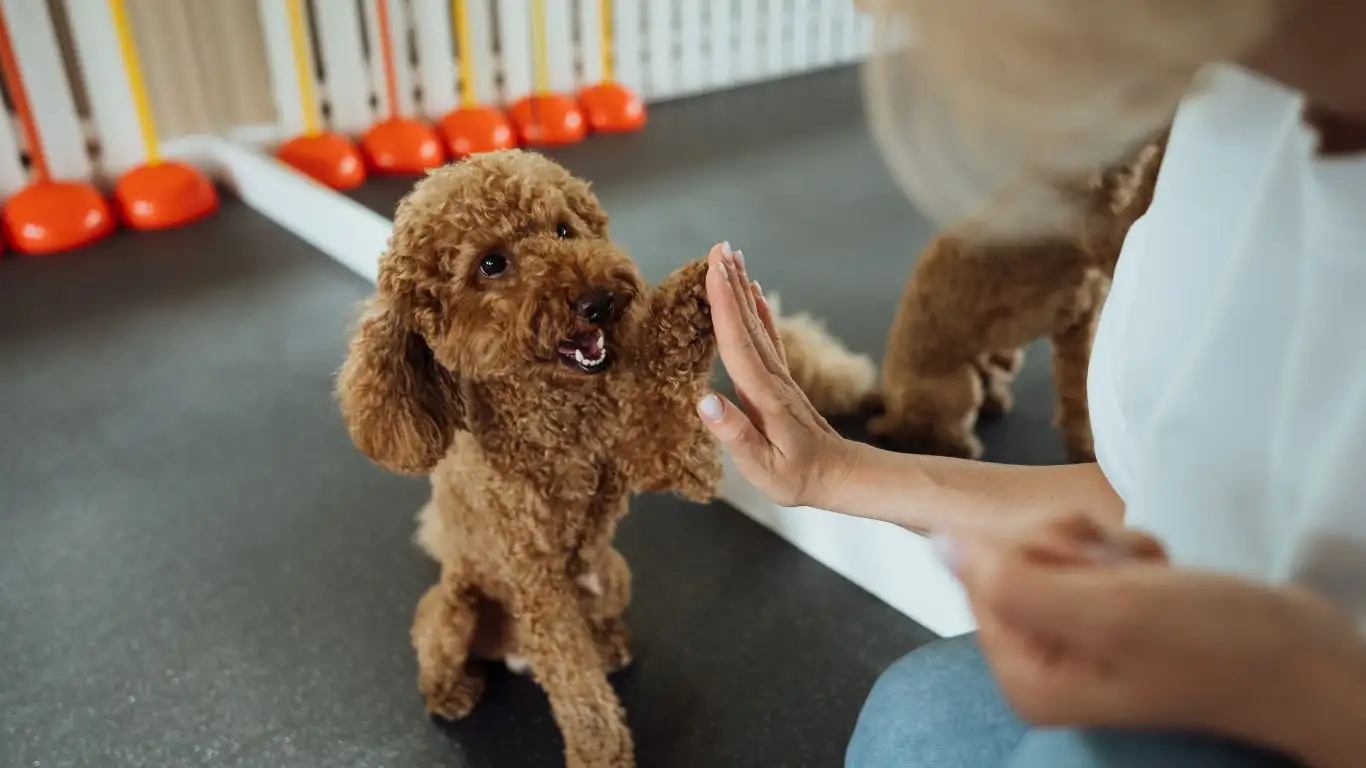
By this point, you’ve put in a lot of effort and patience, and that’s exactly what it takes. From my years as a Canine-Assisted Therapy Trainer, I’ve learned that excitement peeing is rarely a quick fix — it’s about building habits and emotional resilience over time. So how do you keep the progress steady and lasting?
Consistency is Your Best Friend
It might sound obvious, but consistency is everything. The strategies you’ve been using—calm greetings, impulse control exercises, and gradual exposure—need to be part of your everyday life. I always tell dog owners that training isn’t a “one and done” deal; it’s a lifestyle change for both you and your dog.
For example, if you let the rules slip and suddenly greet your dog with wild enthusiasm after weeks of calm hellos, your dog might get confused. That confusion can trigger excitement peeing all over again. So keep those calm interactions a habit.
Watch for Regression and Stay Patient
It’s totally normal for dogs to have setbacks. Maybe a new visitor comes over, or there’s an exciting event like a party or holiday, and your dog gets overwhelmed. When that happens, don’t lose heart. I’ve seen even the most well-trained dogs slip up from time to time.
The key is to gently remind your dog of the calm behaviors you’ve been teaching. Use your “settle” command, offer treats for calmness, and try to reduce the excitement as much as possible in the moment. Your steady calmness helps your dog reset emotionally.
Additional Lifestyle Tips to Support Your Training
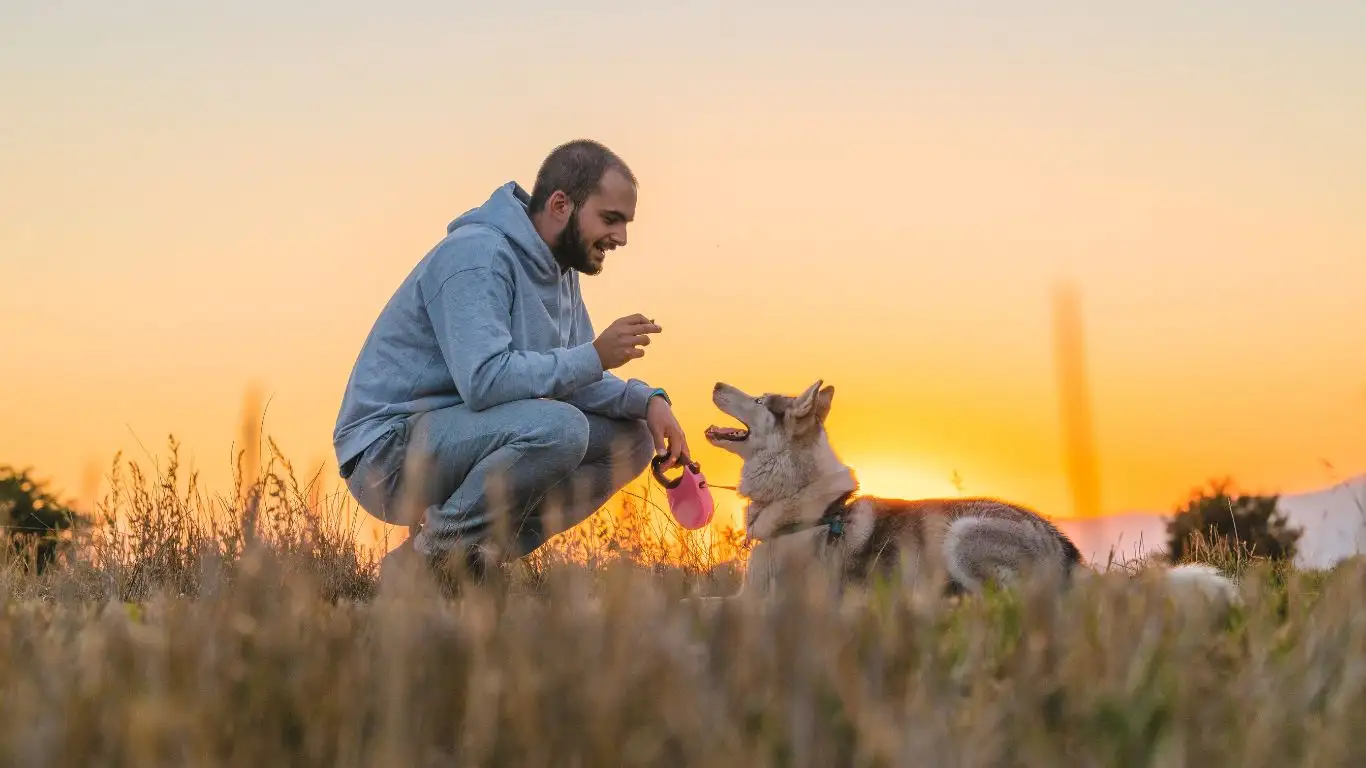
Beyond training sessions, there are a few lifestyle tweaks that can make a big difference in managing excitement peeing:
Daily Exercise and Mental Stimulation
Dogs that are physically tired and mentally stimulated tend to be less excitable in general. Long walks, playtime, and brain games like puzzle feeders or scent work help release excess energy and reduce the emotional spikes that lead to accidents.
From my experience, therapy dogs especially benefit from a mix of physical activity and mental challenges. It keeps their minds sharp and emotions balanced, which is exactly what you want for your pup at home, too.
Maintain a Bathroom Schedule
Keeping a consistent bathroom schedule can prevent your dog’s bladder from getting too full, which reduces the chance of accidents. Try to take your dog out first thing in the morning, after meals, and before and after any potentially exciting events.
Use Positive Tools and Support
Sometimes, special collars, calming sprays, or anxiety wraps can help your dog stay more relaxed during moments of excitement. While these aren’t magic fixes, they can complement your training efforts.
My Personal Story: When Patience Paid Off
Let me share a little from my own experience. I once worked with a young therapy dog named Max who was the sweetest pup but had terrible excitement peeing, especially around new people. At first, his owner was frustrated and worried it might stop Max from working as a therapy dog.
We started with basic impulse control and calm greeting routines. It took weeks of practicing “sit,” “stay,” and “settle” before Max started showing real progress. We also introduced a “calm corner” at home where Max could retreat when feeling overwhelmed. Over time, Max became more confident and his accidents dropped dramatically.
Seeing Max grow into a calm, steady therapy dog reminded me how powerful patience and consistency really are. If you’re in the thick of this now, hang in there — your dog’s emotional growth is just around the corner.
References
Disclaimer
This article is for informational purposes only and is not a substitute for professional veterinary advice, diagnosis, or treatment. If your dog’s excitement urination persists or worsens, please consult with a licensed veterinarian or certified animal behaviorist to rule out any medical conditions or behavioral issues.
